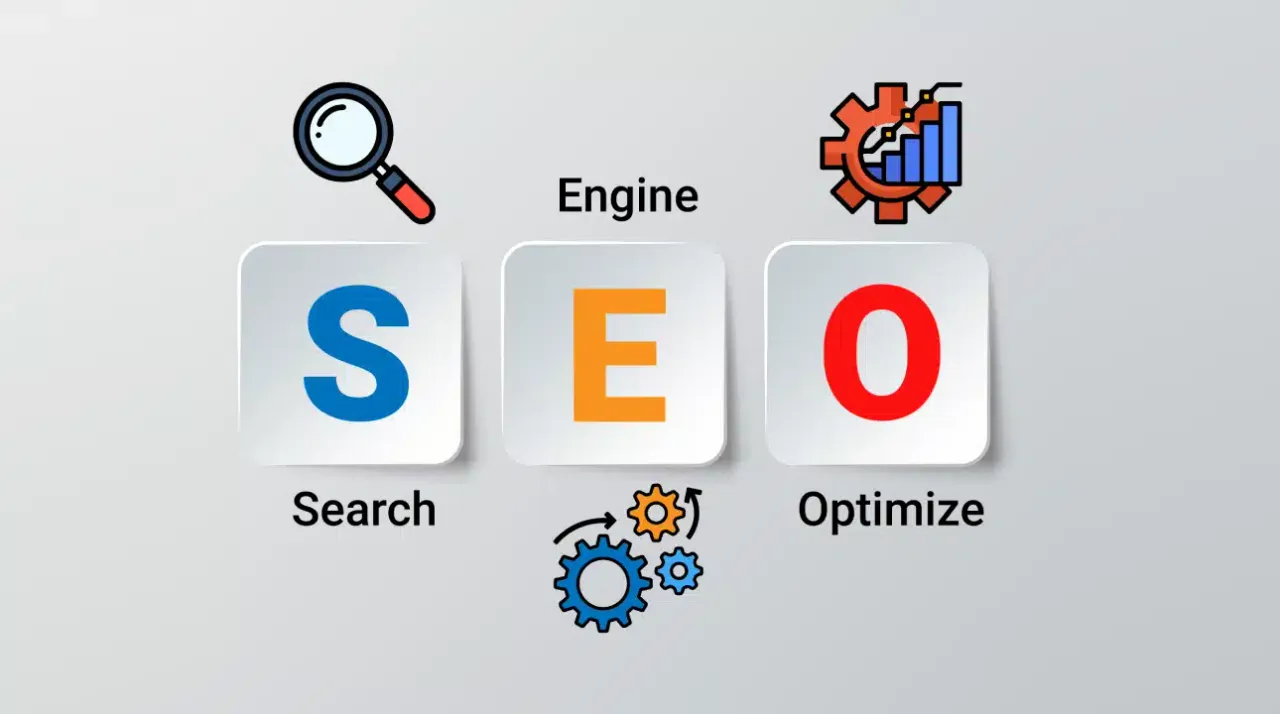
SEO: From Concept to Practical Setup & Automation Tips
SEO for Developers: From Concept to Practical Setup & Automation Tips 🔍
If you’re getting into blogging, building a content site, or just exploring side hustles, chances are you’ve heard of SEO.
In this post, I’ll break down what SEO really is from a developer’s perspective, why it matters, and how to set it up structurally—with some automation ideas using GPT along the way.
🔍 1. What Exactly Is SEO?
SEO stands for Search Engine Optimization—in simple terms, it means making your content more discoverable through search engines like Google.
Let’s say someone searches for “remote side hustles.” If your blog shows up on the first page of results, your SEO is working.
SEO is not just about stuffing in keywords. It involves:
- HTML structure
- Content hierarchy
- Metadata
- Internal link architecture
As developers, we can approach SEO systematically—using templates, structured markup, and even automation to manage this more efficiently than doing it manually.
🧱 2. Search Engines Read Structure Before Content
Google doesn’t just “see” your site like humans do. It parses the HTML structure to understand what the page is about.
That includes:
<title><meta>- Headings (
<h1>to<h6>) - Open Graph (
og:) tags - Internal and external link structures
⚙️ For example:
| Case | Result |
|---|---|
No <title> or duplicated titles | Low trust score |
| Empty or missing meta descriptions | Lower click-through rate |
Multiple <h1> tags | Poor document structure |
| Messy internal linking | Sitemap confusion |
So before writing a great post, make sure your page is structured in a way search engines can understand.
🧪 3. Not All Pages Are Equal in the Eyes of a Search Engine
There are two common ways to serve web content:
- SSR (Server-Side Rendering): Generates HTML on request → great for dynamic, real-time content
- SSG (Static Site Generation): Pre-renders HTML → fast, stable, SEO-friendly
Search engines prefer clear, static HTML content they can parse easily—even if no users have visited the page yet.
💡 That’s why static blogs (e.g. Astro, Next.js in SSG mode, Jekyll, Hugo) or SSR frameworks (like Nuxt or Remix) are great for SEO.
If you’re using platforms like WordPress, Wix, or Squarespace, most of this is already handled for you behind the scenes.
But if you’re building your own blog from scratch (like I am), you’ll need to configure these things yourself.
🧩 4. Essential SEO Tags & Files You Must Set Up
No matter what kind of site you’re building, these are the baseline essentials:
| Tag / File | Purpose |
|---|---|
<title> | Unique per page |
<meta name="description"> | Short summary (ideally under 150 characters) |
<meta property="og:title"> | Title for social sharing |
<meta property="og:image"> | Thumbnail for social links |
<link rel="canonical"> | Declares the primary URL to avoid duplicates |
<link rel="alternate"> | For multilingual sites |
robots.txt | Controls what bots can/can’t crawl |
sitemap.xml | Maps your entire site for search engines |
Note: If you’re building a multilingual site manually (e.g. with /en, /ko, etc.), don’t forget the <link rel="alternate" hreflang="..."> tag.
Platforms like WordPress don’t support this out of the box unless you use specific plugins.
🤖 5. Can You Use GPT to Automate SEO Setup?
Short answer: kind of. Long answer: don’t fully rely on GPT alone.
Here’s why:
- Mismatch between title, content, and meta descriptions
- Missing or awkward meta descriptions
- Repetitive phrasing → potential duplicate content penalties
Personally, I use GPT for drafting content and generating outlines, but I always manually revise titles, descriptions, and meta tags to ensure alignment.
💡 If you’re building your own CMS or blog framework, you can build prompts or helpers into your pipeline to auto-generate SEO scaffolding—but still review everything manually.
🧘 Final Thoughts: Structure Isn’t Visible, But It Works
At the core, SEO is about trust. It’s about convincing search engines that your content is organized, meaningful, and reliable.
With the right use of frameworks, GPT, and automation tools, you can streamline your workflow so SEO doesn’t feel like a burden.
Instead, it becomes something that happens in the background— while you focus on writing good content.
Comments

A&B Network
Sharing practical tips and personal experiences from travels, side projects, and everyday life.
Loading subscribers...